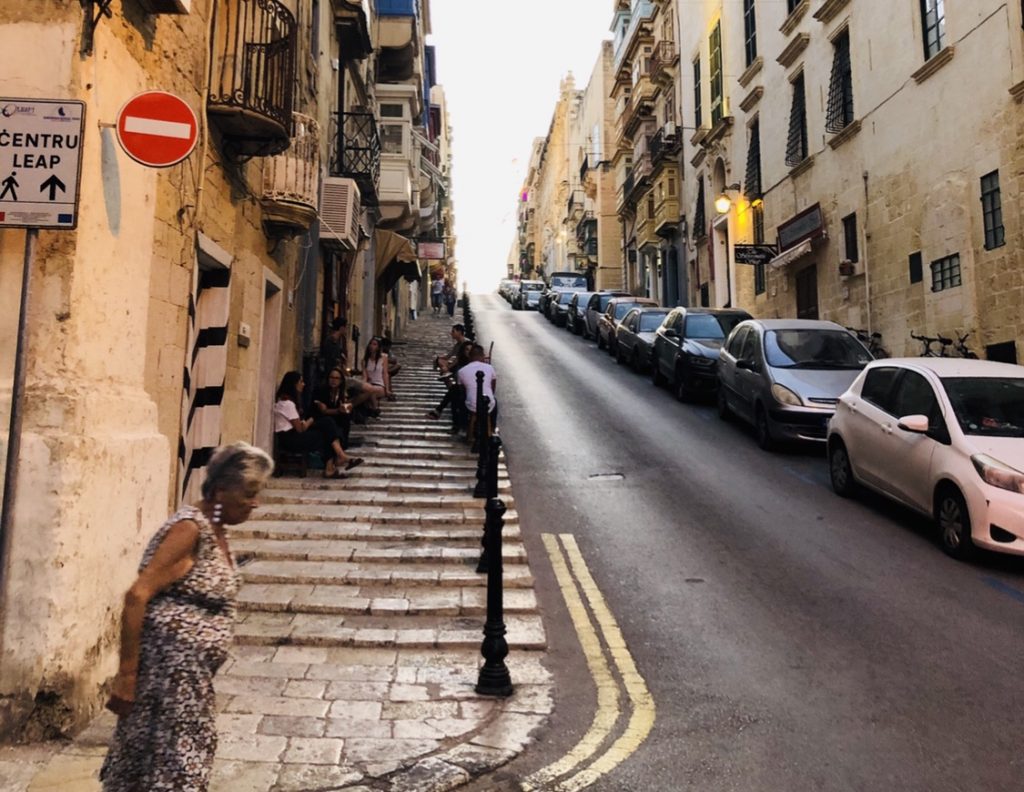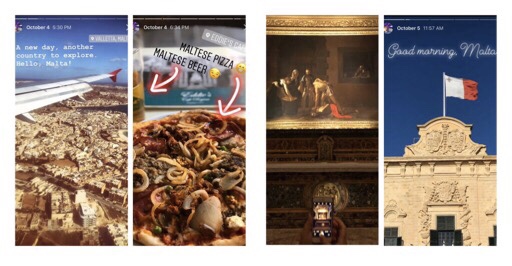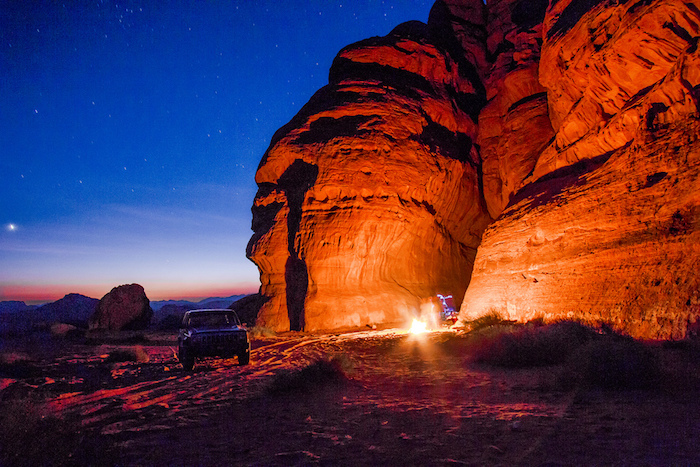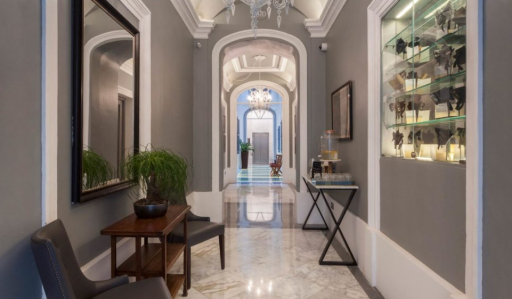Ten Things That Surprised Me About Malta
Malta is not a place that’s thought of often, but those who have been there know that it’s still one of Europe’s best-kept secrets. I recently visited Malta on a stopover en route to Amman, Jordan, and I almost missed this incredible country entirely. Not knowing how amazing it really is, I nearly booked a hotel by the airport to wait out my 24-hour stopover while catching up on sleep and Netflix. But I’m ever so glad I decided against that and ventured into the capital of Valletta instead.
Malta was one of the biggest surprises I’ve had in years. I had no clue that this tiny little EU-member country was packed full of incredible history, nightlife, culture, cuisine, and tons of other surprises. While Malta is full of surprises, most of which I didn’t even had time to discover on this trip, here are the top 10 things that surprised me on my first (but certainly not last!) visit.
1 – The Wind
Malta is one of the windiest places I’ve ever been. As a set of islands smack dab in the middle of the Mediterranean, it makes sense that the strong breezes that have propelled everyone from the Phoenicians to the Greeks to the Romans to the Crusaders across these seas would still feature prominently. It’s certainly not strong enough to blow you sideways, but let’s just say that I don’t think the flags atop Malta’s flagpoles have any problem staying horizontal.

2 – The Language
Maltese isn’t just a breed of dog. It’s also a very old and very unique language that is still spoken in Malta as the primarily language of over a half million people. I had heard of Maltese before, but I had always assumed it was a Romance language or derivative based on Malta’s very close proximity to southern Italy. I also assumed that it had become a secondary language centuries ago and was now likely only spoken by little old ladies in villages. But quite the opposite is actually true. Maltese is not only the first and primary language of the Maltese people, but it’s actually a dialect of Arabic that is quite intelligible to North African Arabic speakers. There are definitely some Italian influences in the language too, but Maltese is definitely a Semitic language and the only one spoken officially within an EU member state.

3 – It’s super fortified.
When you lie in the path of nearly every conquering civilization in both the Western and Near Eastern worlds, you might want to build a few walls to keep passing invaders off of your island and sailing on their merry way. So understandably, Malta has built up some massive defensive walls over the centuries. In fact, they seem to be everywhere you look in the capital Valletta. That’s because this city was specifically designed with its defense as the first and top priority, given that it was founded as a site to care for soldiers injured during the Crusades of the 16th century.

4 – There’s a fort on nearly every outcropping.
Given the island’s Crusader heritage and it’s location, it also makes sense why there seems to be a fortress, tower, citadel, or battery built atop nearly every outcropping of land jutting out into the sea. Indeed, Malta is one of the most heavily fortified countries in the world, with structures dating back to the Bronze Age still found among ancient ruins on the island. More complete forts from the Middle Ages also remain, in addition to more modern defensive structures from the times of the British occupation in the 19th and 20th centuries.

5 – It’s super hilly.
The highest point in the entire country of Malta is only 253 meters, but Malta is nevertheless a land of steep hills and terraces that can give any visitor a good workout. Valletta is especially hilly, with some streets’ sidewalks taking the form of stairs to make them easier for residents and visitors to stroll. This feature also gives sweeping views of the deep blue Mediterranean from many vantage points further inland within cities and towns.

6 – All the buildings are the same color.
Malta is one hell of a color-coordinated country. Its few islands don’t have much in the way of natural resources, but the one thing they do have – and take full advantage of – is limestone. For thousands of years, local limestone was quarried in Malta to construct buildings and fortifications, and now most of the country’s buildings sport eye-pleasing shades of beige. The maintenance of this unofficial color code in Malta in more modern times has created really unique vistas that reinforce the historic theme pervading nearly everything in the country, and especially the capital.

7 – Ordinary-looking churches can be deceiving.
European churches are known for their architectural and artistic extravagance, but visitors to Malta might be disappointed to not find such ostentatious religiosity on display here – at least not at first glance. But Malta is full of surprises, and you should never make assumptions about buildings you see, especially churches, until you take a peek inside. The best example of this is St. John’s Cathedral (technically “co-cathedral”) in the center of Valletta. With its plain Jane exterior, you might think it’s not even worth a visit. But boy would you be wrong! The interior of St. John’s ranks among Europe’s most beautifully decorated and adorned houses of worship.

8 – They drive on the opposite side of the road.
If you are from one of the 163 countries that drives on the right side of the road, you too may be surprised to find out that Malta is one of only four European countries that drives on the left side – the same side as the United Kingdom, Ireland, and Cyprus. Since Britain decided it wanted to be different when cars started proliferating, one of the lasting impacts of its colonial legacy around the world was leaving behind left-hand driving in most of the countries it still occupied at that time, including Malta. So just remember that if you’re planning to rent a car there. I had no idea.

9 – It’s a photographer’s (or an Instagrammer’s) paradise.
There are so many amazing things and scenes to photograph in Malta it’s not even funny. Literally everywhere you look, you’ll find yourself wanting to snap a picture of something or of yourself in front of something. Everything looks historic. Intricate architectural detail is everywhere. And we’ve already talked about the incredible color coordination. When visiting, the biggest challenge will be to remember to put the camera away and actually enjoy all the beauty around you.

10 – They pack a LOT of nightlife into really small areas.
On Friday night in Valletta, I thought I would go out for a quiet little stroll around some back streets in the center. But man was I surprised to find an incredibly lively nightlife scene crammed into what has to be one of the tiniest capital cities in the world. Once I stumbled onto the right streets, there were dozens and dozens of small, unique bars side-by-side for blocks and blocks. And given the city’s tiny population, it seemed like the whole country was out and filling the endless bars and pubs. I was not expecting this at all, and I really regretted the super early onward flight I had booked for the next morning. As if there were not already enough reasons to go back to Malta, I absolutely cannot wait to go back again with friends and really dive into Valletta’s nightlife scene!




